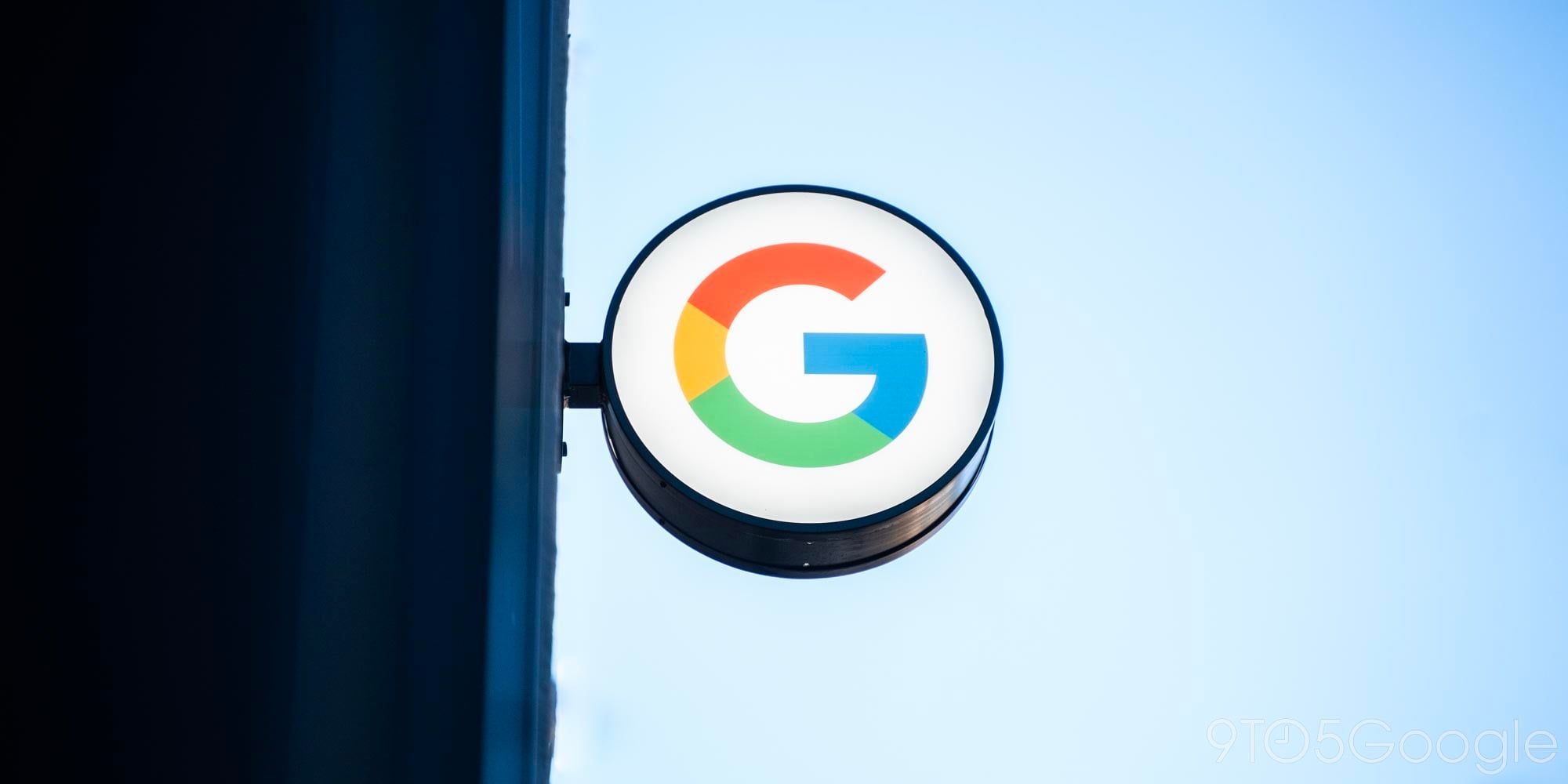
Last year, Google made Chrome’s standards-backed ad blocker fully available around the world. The Better Ads Standards today announced a “new set of standards for ads that show during video content,” with changes in Chrome set to be applied later this year.
These video ad standards are based on research from 45,000 consumers worldwide, and identified three experiences that “people find to be particularly disruptive on video content that is less than 8 minutes long.” This guidance for short-form video applies to desktop, mobile web, and apps.
- Long, non-skippable pre-roll ads or groups of ads longer than 31 seconds that appear before a video and that cannot be skipped within the first 5 seconds.
- Mid-roll ads of any duration that appear in the middle of a video, interrupting the user’s experience.
- Image or text ads that appear on top of a playing video and are in the middle 1/3 of the video player window or cover more than 20 percent of the video content.
The Coalition for Better Ads group has mandated that websites stop showing these ads over the next four months, or risk losing advertising completely. Chrome enforcement begins August 5, 2020, and will see the browser “stop showing all ads on sites in any country that repeatedly show these disruptive ads.”
YouTube “will be reviewed for compliance with the Standards,” while the Google video site and ad platforms (AdSense and DoubleClick) will update product plans to ensure conformity.
Similar to the previous Better Ads Standards, we’ll update our product plans across our ad platforms, including YouTube, as a result of this standard, and leverage the research as a tool to help guide product development in the future.
The Better Ads Standards was created to preemptively reduce annoying ads that cause users to block advertising entirely. The first push in 2018 targeted 12 experiences like pop-ups, prestitial countdowns, auto-playing video, and large sticky ads across desktop and mobile.
Google has seen “ad blocking rates in North America and Europe drop significantly in Chrome,” with the Coalition also noting:
Ad blocker rates in North America and Europe have declined modestly from their peak in mid-2017 as the Coalition’s efforts have taken hold and other factors have contributed to this improvement. Install rates for ad blocker plug-ins in Chrome have declined more significantly since fall of 2016.
FTC: We use income earning auto affiliate links. More.




Comments